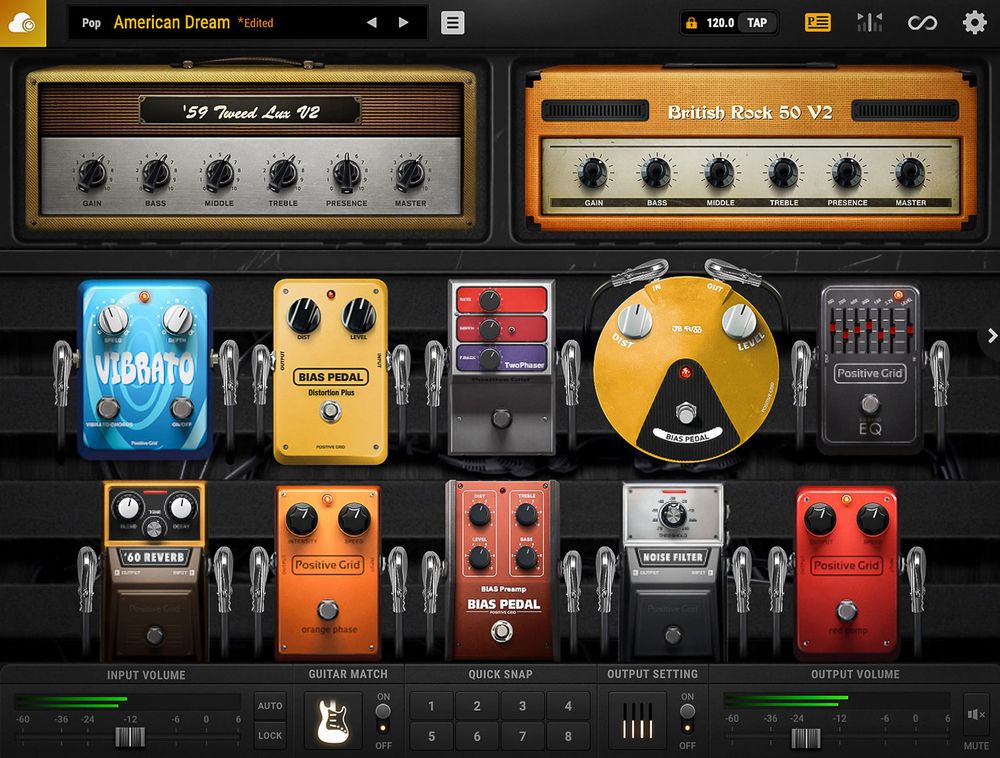5. How are plugin effects used?
Let's start by looking at effects: You can think of a plugin effect like a guitar effects pedal - you need to send an audio signal into it before it can process and produce an altered output. To use a plugin effect, you typically load or insert it into an audio track that contains a recording. This is why they are often referred to as "insert" effects.
Often, additional equalizers or compressors are added, simulating old and "expensive" hardware processors or devices. Built-in plugins that come with DAWs often have a neutral sound, making them flexible and less "specific."
Audio effects can be inserted directly into an audio track. This means you can only use the effect on that specific track. However, since you can open a plugin as many times as needed, you can use it on multiple tracks as long as your computer's resources allow it. By combining different plugin effects, you can create entirely unique sounds.
Alternatively, you can use a return track, where a send control allows multiple tracks to share the same effect. This approach is commonly used for reverb and delay effects, not only for sonic reasons but also to save on resources. This concept is reminiscent of the old days of recording with large mixing consoles and extra hardware. Most DAWs have designed their "virtual" mixing consoles based on this concept. The basic rule is: one recording equals one track, and you can use as many plugins (effects) as you want on each track, up to the point where your computer's processing power is maxed out.


